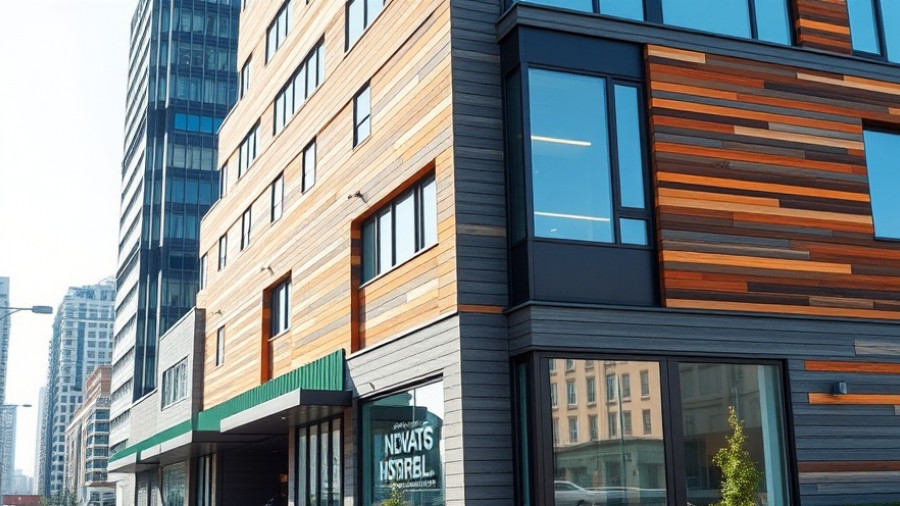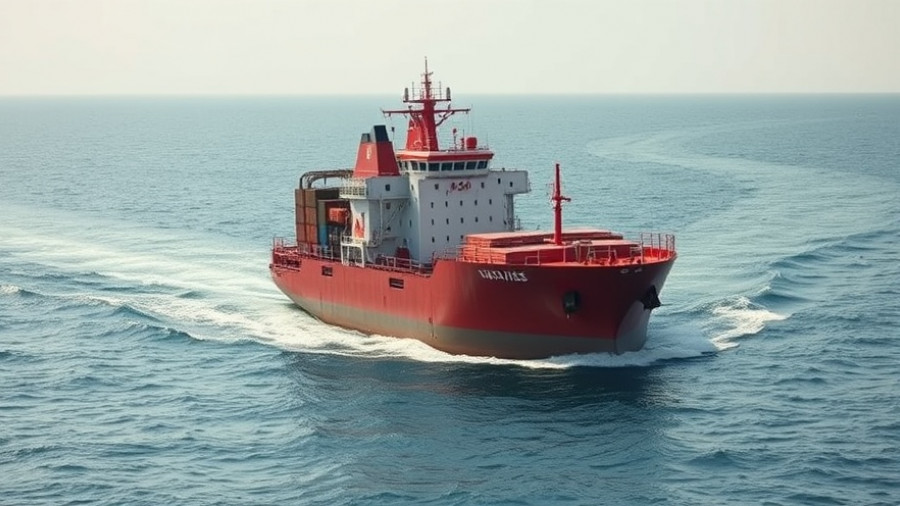
The Critical Role of Siding in Commercial Construction
In the realm of commercial construction, siding may often be overlooked as merely a surface-level feature, but its significance extends far beyond aesthetics. Siding serves essential functions, protecting the structure, enhancing energy efficiency, and influencing long-term maintenance costs. For business owners and facility managers, understanding how siding integrates with other building systems is crucial for informed decision-making in specifications and installation planning.
Understanding Siding as Part of the Building Envelope
The building envelope greatly affects the performance and durability of a commercial structure. Siding acts as the outermost layer in this system, encompassing essential components that separate the conditioned indoor environment from external elements. It collaborates with weather barriers, insulation, and structural elements to shield against weather infiltration, wind loads, and impact damage. In commercial scenarios where buildings are expected to last several decades, siding must be both resilient and maintainable. Contractors specifically in regions like Colorado face unique challenges from UV exposure, temperature fluctuations, and hail, all of which necessitate careful material selection.
Diverse Material Options for All Needs
When it comes to commercial applications, the range of siding materials is expansive, each with its own attributes concerning cost, durability, and maintenance. Metal panels, popular in warehouses and big-box retail construction, provide formidable fire resistance and low maintenance while lasting over 40 years. Fiber cement is ideal for office buildings and mixed-use developments, offering an aesthetic appeal that mimics traditional materials while being budget-friendly and low on upkeep.
For higher-end applications like medical and financial buildings, enduring options like brick and stone veneer deliver both prestige and longevity but often come at a premium price, impacting project budgets significantly. The growing popularity of innovative materials, such as ACRE™ by Modern Mill, made from upcycled rice hulls, demonstrates a shift towards incorporating sustainability without compromising on durability or appearance. ACRE siding offers a wood-like aesthetic while being resistant to common issues like rotting and fading, making it a valuable choice for cost-conscious developers.
Energy Efficiency and Longevity
As energy codes evolve to require more stringent standards, siding choices increasingly impact a building's energy consumption. Effective thermal performance as well as air leakage control is paramount; thus, many modern siding systems now integrate insulation. The thermal performance can significantly contribute to lowering operational costs over time, making it a critical consideration for developers eyeing long-term value.
The Importance of Sustainable Choices
Moreover, the expectations of clients and communities continue to shift toward sustainability. Many organizations now prioritize building materials that not only meet aesthetic and functional standards but also alleviate environmental impact. ACRE's production process exemplifies this by repurposing agricultural waste while minimizing reliance on deforestation. This level of sustainability aligns well with emerging trends among socially-conscious businesses that seek LEED certification and other green accolades.
Conclusion: Making Informed Siding Choices
As the world of commercial construction grows more intricate, the need to choose the best siding becomes even more urgent. Balancing factors like aesthetics, durability, maintenance, health, and sustainability is crucial for modern project stakeholders. Business owners and property developers should ensure they are well-informed about the siding options available to them, including new choices like ACRE that combine beauty with reliable performance and eco-consciousness.
If you're looking to upgrade your own commercial projects or simply want more information on how siding can impact your building's performance, don't hesitate to explore sustainable options like ACRE or consult with local experts.
 Add Row
Add Row  Add
Add 




Write A Comment